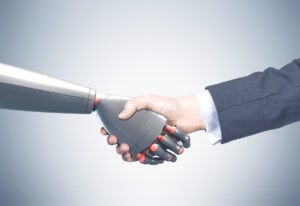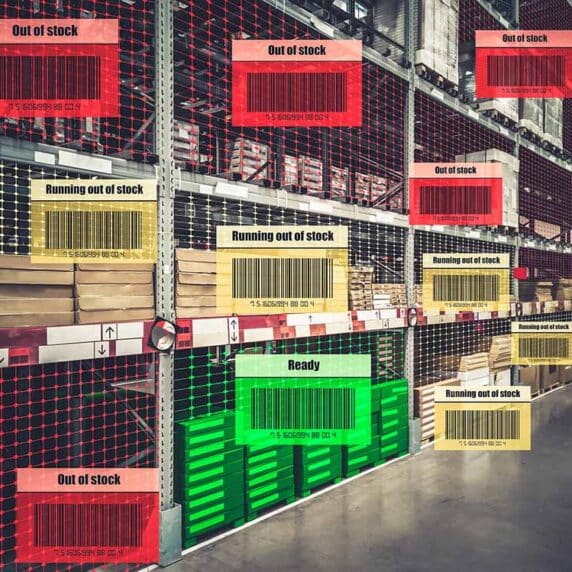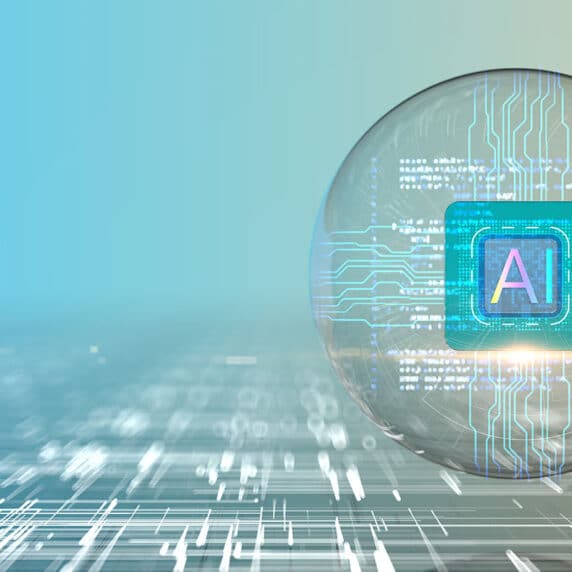Human Decision-Making in the AI Age: Why It Still Matters
As artificial intelligence (AI) revolutionizes business operations, one critical question remains: What is the role of human decision-making in the AI age? While AI excels at processing data, scaling operations, and identifying patterns, it lacks core human strengths like creativity, ethics, and empathy—skills essential for nuanced, strategic choices.
In this new era, organizations that integrate human decision-making with automation are the ones most likely to thrive. Understanding the ongoing value of human decision-making in the AI age is no longer optional – it’s a competitive necessity.
Moving Beyond “Dataism”: Why Human Insights Still Wins in the AI Age
The rise of “dataism,” the belief that decisions should be made solely on data, has led many to overestimate the role of algorithms. As a recent Harvard Business Review article argues, decision-making isn’t just about selecting the optimal result from an algorithm. It involves framing the problem, selecting and validating data sources, imagining possibilities, and applying values—domains where human discernment is essential.
Two companies may access the same analytics, but the outcomes vary based on human judgment. One might double down on current strategies, while another explores new markets. It’s the people—not the data—who redefine opportunities.
Human decision-making in the AI age is not about rejecting data, but about understanding its limits and adding insight that only humans can provide.
Where Humans Outperform AI in Decision-Making
AI can analyze patterns and deliver recommendations, but it cannot replace human qualities essential for strategic decisions. Here’s where people add unmatched value:
- Strategic Thinking: Humans consider long-term impacts, weigh competing priorities, and make decisions aligned with company values and mission—not just efficiency.
- Context Awareness: Business leaders recognize cultural, geopolitical, and emotional factors that AI may miss, adapting strategies in real time.
- Ethical Judgment: People factor in morality, sustainability, and social responsibility—areas where AI has no compass.
- Creative Problem-Solving: In novel or disrupted situations, humans find solutions that go beyond the boundaries of past data.
- Cross-functional Collaboration: Human teams bring together diverse perspectives and balance trade-offs across departments and objectives.
- Empathy and Communication: Humans understand people. They build trust with stakeholders, customers, and employees through emotional intelligence.
- Imagination and Innovation: Humans imagine futures that don’t yet exist—something no algorithm can replicate.
- Pattern Recognition in Ambiguity: Unlike machines that need structured data, people can draw meaning from weak signals and emerging trends.
It’s not about humans vs. machines—it’s about combining machine efficiency with human intelligence to drive better decisions.
Embracing Hybrid Intelligence: The Best of Both Worlds
The smartest companies aren’t choosing between humans or machines—they’re combining them. This concept, known as hybrid intelligence, enables organizations to harness the computational power of AI while maintaining human insight at the helm.
At ToolsGroup, we’ve operationalized this approach. Our AI solutions optimize forecasting, replenishment, and inventory, but humans remain central. For example:
- Probabilistic forecasting helps businesses manage uncertainty—not by removing humans, but by empowering them.
- Rebalance.io,our explainable AI system, enables managers to understand the “why” behind recommendations, improving adoption and trust.
Human decision-making in the AI age is elevated, not eliminated, by technology.
How to Strengthen Human Judgment in the AI Era
AI is like a high-performance engine, but it still needs a skilled driver. Here’s how organizations can build stronger decision-making teams:
- Encourage Frontline Learning: Follow models like Toyota’s “go and see” philosophy, where decision-makers stay close to real operations.
- Train Intuition: Help teams understand and articulate their gut instincts, rather than relying solely on numbers.
- Promote Psychological Safety: Encourage open dialogue, disagreement, and innovation
- Break Silos: Unite business and analytics teams to ensure operational context
- Enable Explainable AI: Ensure decision-makers understand AI outputs, not just follow them.
- Support Ethical Training: Equip leaders to consider the wider consequences of their decisions—from environmental impact to social equity.
- Create Intuitive Interfaces: Develop intuitive systems that bridge the gap between complex AI analytics and human decision-making. Effective interfaces translate sophisticated data and probabilistic forecasts into clear, actionable insights, empowering planners to confidently interpret and act on AI recommendations.
- Adopt Scenario Planning Tools: Foster collaboration through shared digital decision hubs.
Human Decision-Making in the AI Age: Your Ultimate Advantage
As access to AI tools and data becomes more widespread, differentiation won’t come from technology alone. It will come from how companies apply human intelligence to technology-driven insights. In short, human decision-making in the AI age will be the true competitive advantage.
Businesses that recognize this will have an edge—not just in operational efficiency, but in adaptability, innovation, and trust. They’ll be better positioned to respond to disruption, lead change, and create long-term value.
In today’s volatile market, business leaders demand more than automation—they require agility, precision, and genuine confidence in their decisions.
The most effective solutions blend AI’s speed and scale with human expertise, freeing planners from routine tasks to focus on strategic actions that drive real business impact. By leveraging advanced replenishment capabilities, teams can ensure the right products are in the right place at the right time, transforming complexity into a powerful competitive advantage.
Conclusion: Human + AI = Smarter, Faster, Better Decisions
AI is transforming the way businesses operate—but it’s not replacing human judgment. Instead, it amplifies it. In the AI age, the most successful organizations will be those that know how to balance data-driven automation with human-led strategy, ethics, and creativity. The future of decision-making isn’t just AI or just humans—it’s a powerful hybrid. Unlocking the full value of AI and human insight is where smarter decisions begin.








